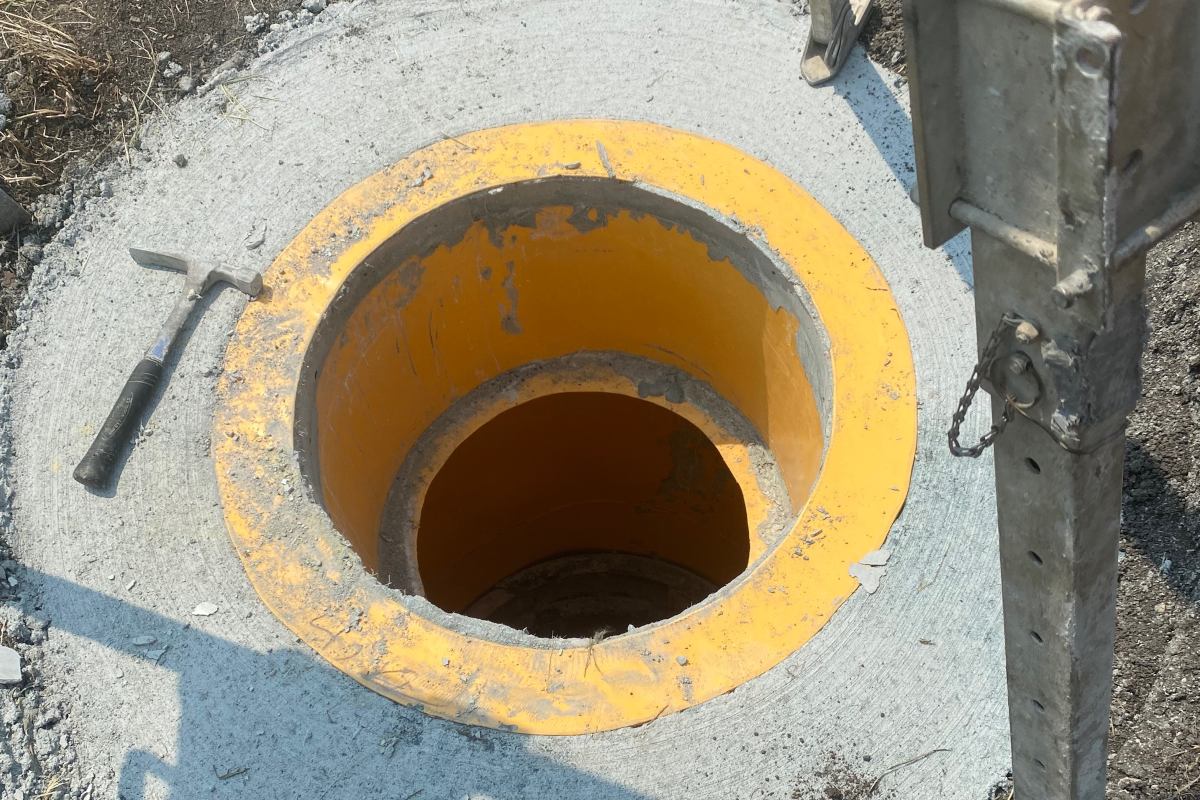
Tech Forum: Controlling I/I in Municipal Manholes
Each day millions of gallons of groundwater, surface water or storm water are flowing into the nation’s sewer systems. This inflow and infiltration (I/I) not only results in additional costs to treat the extraneous water, but it also can result in overflows and backups when the treatment facility cannot keep handle the volume of flow.
Overflows are also a health risk and a violation of federal and state law. This excess water over stresses and shortens the life expectancy of the infrastructure, including pumps and sewer lines. Finally, systems that do not meet regulatory guidelines will not be eligible for grants or low interest loans.
Solution: Reducing Inflow & Infiltration
Municipalities are under constant pressure to locate, repair and reduce I/I and to minimize costs to address aging sewage infrastructure. I/I is a result of defects that occur in piping, manholes, lift stations and storm drains allowing groundwater, sand and other debris to enter the systems and flow to the treatment plants. Freeze-thaw cycles, heavy traffic and ground erosion can cause stress on concrete, eventually opening joints and creating a path for water infiltration.
In today’s market, there are several options for repairing active water leaks in concrete structures and manholes. There are waterproof concretes and water-stop materials that have their uses in underground structures for temporarily stopping infiltration. A more permanent solution is the use of chemical grouts. Polyurethane chemical grouts have been used for more than 50 years with great success and still prove to be one of the most cost-effective solutions to stopping infiltration. Studies show that more than 40 percent of I/I occurs through manholes. Many of these structures will need complete structural rehabilitation, including a spray applied liner, a hand-applied cementitious liner or a cured-in-place liner. However, before a lining system can be installed, the active water leaks must be stopped. Leaks can penetrate cementitious and epoxy liners, inhibiting bond and causing failure of the lining. Chemical grouts are designed to seal cracks and voids within and around the structures. Owners and contractors should know which grout will meet their needs.
Polyurethanes: Hydrophobic vs. Hydrophilic
Polyurethane chemical grouts are water activated and can possess two distinctly different properties. Hydrophobic grouts will repel water and push it away. When fully cured, they typically form a rigid system.
Hydrophobic grouts are now available in a flexible foam variation. Because the water is not absorbed by the grout, the water is forced to move to another location around the structure that may open other avenues for the water to infiltrate. Hydrophobic grouts have great expansion properties, typically 20 times their original volume; a low viscosity that enables it to flow easily through loose soil (making it an ideal soil stabilization material); and a quick set time for filling voids and stopping active leaks. All this saves down-time and allows structural rehabilitation to proceed.
Hydrophobic chemical grouts are best for filling large voids on the outside of underground structures where the soil has eroded, settled or collapsed. The grout can be injected through the concrete by drilling through the wall of the structure and pumping the grout to the backside. Another method to fill this void is by driving an injection pipe down from the surface and pumping the grout into the void until the active leaks have been stopped. If either of these methods only slow the leak, it may be necessary to finish the repairs by injecting a hydrophilic grout into the cracks to completely seal the concrete structure.
Hydrophilic grout will absorb the water from the concrete or soil. It offers a tenacious bond with the substrate by absorbing water in the cracks within the substrate. Hydrophilic grouts form a flexible seal that moves as pressure and temperature change, allowing for expansion and contraction of the material. So, for non-structural defects in the concrete and where moisture is present to keep the gel hydrated, injecting a hydrophilic grout material may be your best solution. Small cracks and small leaks are the most difficult to repair. It takes time to chase and fill all the cracks.
Conclusion
I/I will continue to be a challenge. However, knowing the causes and, more importantly, the solutions to this problem will help municipalities reduce I/I and reduce their economic and environmental impact.





